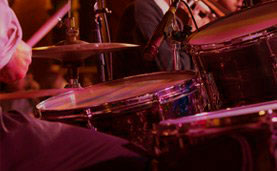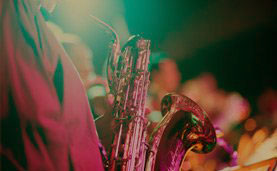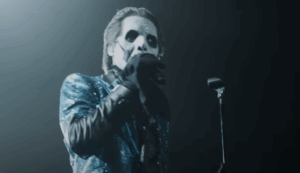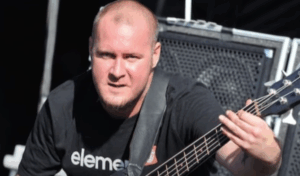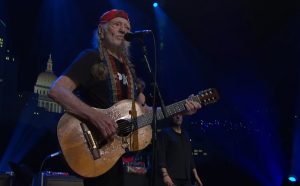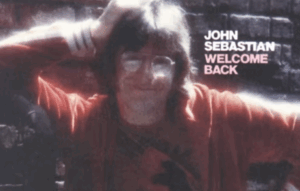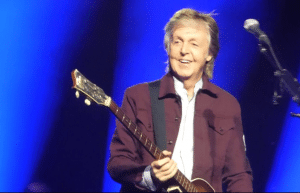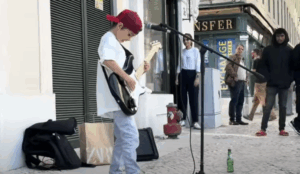1970s Rock Bands That I’ll Pay Good Money To Watch Again

via HDPinkFloyd / YouTube
Half a century may have passed since the 1970s, but the music from that decade hasn’t lost its spark. The era remains a towering chapter in rock history, shaping the sound and culture of what we now call “classic rock.” Its bands didn’t just play music—they created anthems that defined a generation and still resonate with audiences today.
The thought of stepping back into that world—of big riffs, roaring crowds, and stage performances that felt like once-in-a-lifetime moments—is enough to make any rock fan nostalgic. These weren’t just shows; they were cultural events, moments that stitched themselves into the fabric of music history.
While there’s no real time machine waiting to whisk us back, there’s nothing stopping us from dreaming. If the chance came to experience a few of these legendary acts in their prime, some of us would gladly open our wallets without hesitation. Here are the three 1970s rock bands we’d pay good money to watch live again.
Led Zeppelin
Formed in London in 1968, Led Zeppelin quickly became one of the most influential and powerful rock bands of all time. Frontman Robert Plant’s soaring vocals, Jimmy Page’s masterful guitar work, John Paul Jones’ versatile basslines, and John Bonham’s thunderous drumming created a sound that was as commanding as it was groundbreaking. Seeing even one of them live in their prime would have been a privilege, but watching all four together on stage in the 1970s? That would have been pure magic.
Their live shows were more than concerts—they were full-on sonic assaults, filled with improvisation, extended solos, and a raw energy that could shake stadium walls. Tracks from Led Zeppelin III, Led Zeppelin IV, and Houses of the Holy were staples of their setlists, each delivered with a level of intensity that no recording could fully capture. Fans often left their shows feeling like they had just witnessed a force of nature.
If given the chance, seeing Led Zeppelin at their peak would be like catching lightning in a bottle. The chemistry between the four members was something truly rare, and no matter how much footage exists today, it can’t fully replicate the electricity of being there. For any rock fan with a hypothetical ticket to the past, this would be the show to beat.
The Eagles
If Led Zeppelin brought the power, The Eagles brought the perfect blend of harmony and heart. Formed in Los Angeles in 1971 after backing Linda Ronstadt, they quickly carved out their place in rock history with a mix of country, folk, and rock influences. Songs like “Hotel California,” “Take It Easy,” and “Witchy Woman” weren’t just hits—they became part of the American musical fabric.
Their 1970s concerts were a showcase of tight harmonies, intricate guitar work, and a laid-back California cool that made audiences feel like they were part of something timeless. Even though the band had its share of internal conflicts and creative tensions, that friction often fueled the emotional weight of their performances. Every note felt lived-in, every lyric delivered with authenticity.
Seeing The Eagles at the height of their powers would be worth every penny. There’s something about hearing those harmonies live, in the moment, with the original lineup on stage, that can’t be replicated by any reunion tour or tribute act. It would be less about nostalgia and more about witnessing a masterclass in songwriting and performance.
Pink Floyd
Few bands could transport an audience quite like Pink Floyd. Known for their immersive live shows, the band in the 1970s was a perfect storm of technical skill, creative vision, and sonic innovation. Their 1973 release The Dark Side of the Moon wasn’t just an album—it was a cultural phenomenon. And yes, they actually played it live from start to finish during shows, often with mind-bending visuals and a soundscape that wrapped around the crowd like a dream.
Seeing Pink Floyd in their prime would be more than a concert—it would be a multi-sensory experience. The combination of David Gilmour’s soulful guitar, Roger Waters’ lyrical depth, Richard Wright’s atmospheric keyboards, and Nick Mason’s steady drumming created a sound that was both intimate and massive. Under the lights and projections, the music felt like it was coming from another dimension.
If the chance to travel back arose, selling a prized possession for a ticket would almost feel reasonable. This was a band that understood how to turn a performance into an otherworldly journey. To be part of that in the 1970s would be to witness art, music, and theater merge into something unforgettable.


